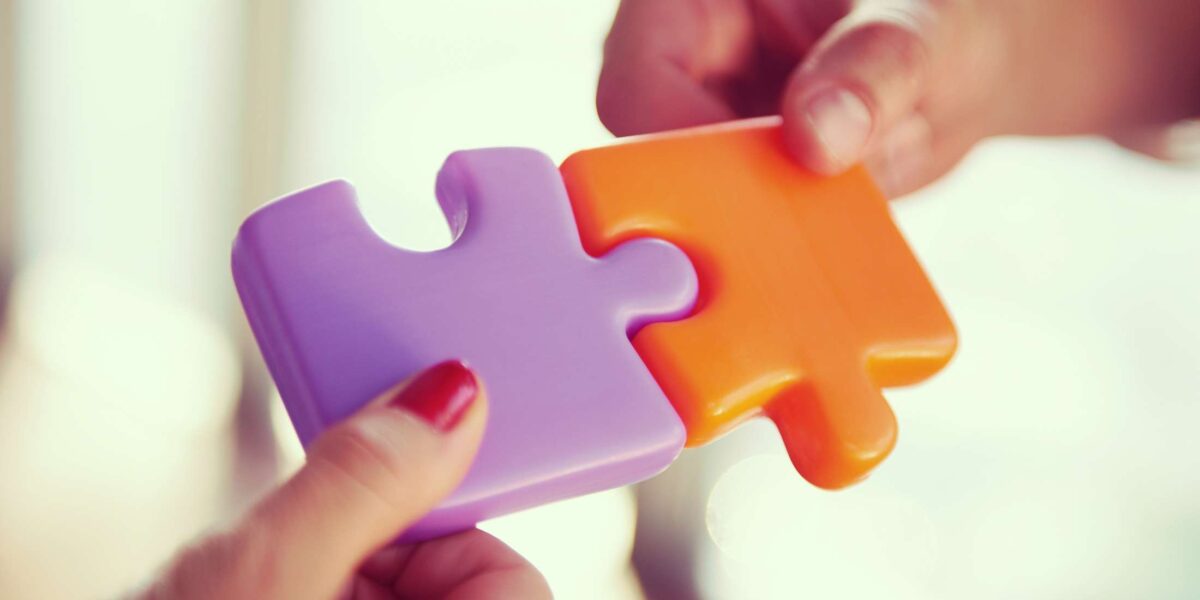
How to Fix Broken Connections?
In this article, we address current challenges to our sense of connection and what we can do to restore the connection. Many of us feel disoriented post Covid. We are spending far more time connected to screens rather than people. Connection defines us as a social species. We long for it. It has a multitude of benefits. We are wired for it and designed to restore connection. This article aims to help you restore and enjoy the power of connection.
Lost Connections by Johann Hari in 20181 detailed the impact of broken connections as causes of depression and anxiety. His disconnection list with some current themes:
- Meaningful work—the great resignation
- Other people—work team connection
- Meaningful values—truth and altruism
- Childhood trauma—family conflict
- Status and respect—diversity and inclusion
- Natural world—lockdown and environmental crises
- Hope for the future—climate, conflict and recession
- Genes and brain changes—mental health
Whether it is your work, family, health, nature or hope, I suspect every one of us feels the longing to connect. This drive to connect is strong. Our definition of resilience includes the learned ability to bounce, grow, CONNECT and flow. Solutions are natural and practical, and some of them will surprise you.
What Does it Mean to Connect?
To connect is to form, sustain and evolve constructive relationships. Relationships create safety, shared meaning, trust, play and collaborative achievement. Personal needs vary widely—family, friends, nature, work projects, altruism and—at the core is yourself.
No one doubts the risk to well-being and longevity of being lonely. Today many young people choose connection to their screens, and few go out to socialise and play. The negative impacts are well established2. Many adults work from home where the only connection is through a screen. Far too many older people live alone.
We moved to cities and transitioned to nuclear—or broken—families; now, we work in disembodied bits, interact digitally, and consume a firehose of information. There are benefits, but we cannot take relationships for granted and must find ways to recreate the meaningful connection.
Building Blocks of Connection
First, you must allocate time. Put away the screen. What human connection do you need? Prioritise the connections you want to re-establish. Reach out and book a time.
Second, you must be calm, refreshed, and energised. You require a secure connection to our bodies, emotions and thoughts. When caught in anxiety, anger or sadness, our social impulse shuts down. Secure a good night’s sleep and get active outdoors. Build your physical energy.
Third, starting with safe and trusted people, reach out and engage. Ideally, this is face-to-face. It is essential to establish the heart-face connection. Facial expressions, eye contact and voice, are essential signals of safety and trust. As our teams reconnect face to face with our clients, we are noticing the joy participants experience while sharing ideas and supporting commitments.
Fourth, extend your scope of reconnections—remembering Lost Connections:
- It is a great time to reconnect with your manager to review your job and career growth
- Take some reflection time to consider and prioritise your values and dreams
- Remember and reach out to those who have had different experiences
- Make time to be in nature. Evidence suggests at least 20 minutes per day
- Focus on where you can make a difference and build a more resilient planet
- Be informed about mental health and take care to build your resilience.
References:
1. Hari, Johann, Lost Connections, Bloomsbury, 2018
2. Twenge, Jean, iGen, Simon& Shuster, 2017
